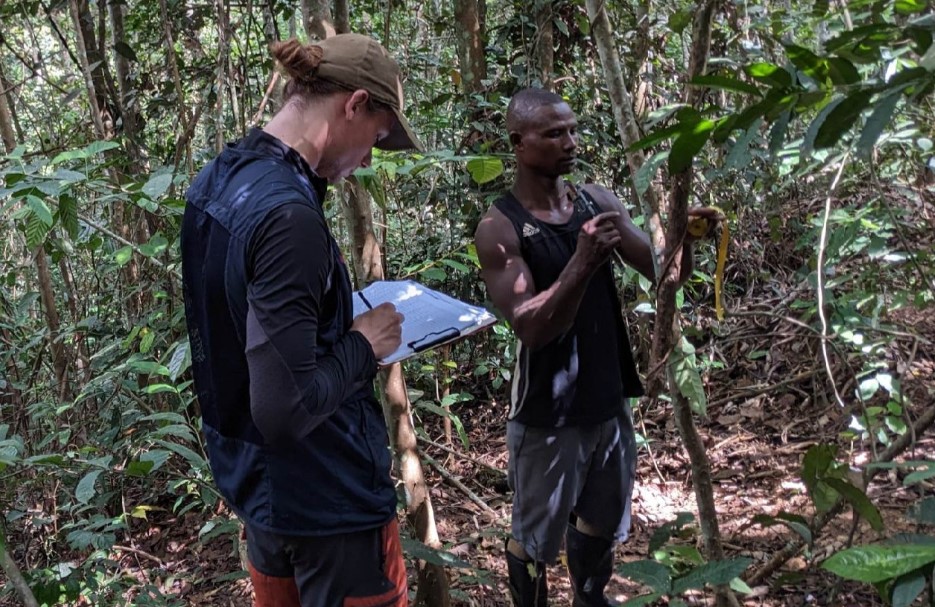Wageningen University & Research
Secondary forests, most often regenerating from abandoned lands, offer insights into post-disturbance recovery. Succession, the dynamic process of change in forest structure and composition, is influenced by various factors. Understanding the role of dominant and rare species in driving forest attributes is essential is for estimating restorative potential of secondary forests. To do so, our research capitalizes on a unique experiment applying distinct harvest treatments to dominant and rare species in young secondary forests in Ghana. We found striking dominance of a few species in or forest plots. They significantly characterize forest structure and composition at early successional stage. Removing are species induced the largest changes in forest structural attributes, tree diversity, functional trait and microclimatic conditions as rare species are the main sources of heterogeneity at the start of succession. The dominant species displayed some acquisitive traits, typical of pioneer species, but also some conservative traits which are probably linked to investment in leaf longevity. The removal or rare species affected microclimatic conditions in the forest understory the most, emphasizing the crucial role of rare species in modulating light availability. The extent of recovery in forest attribute is predominantly defined by the structural and compositional legacy of the treatments.

